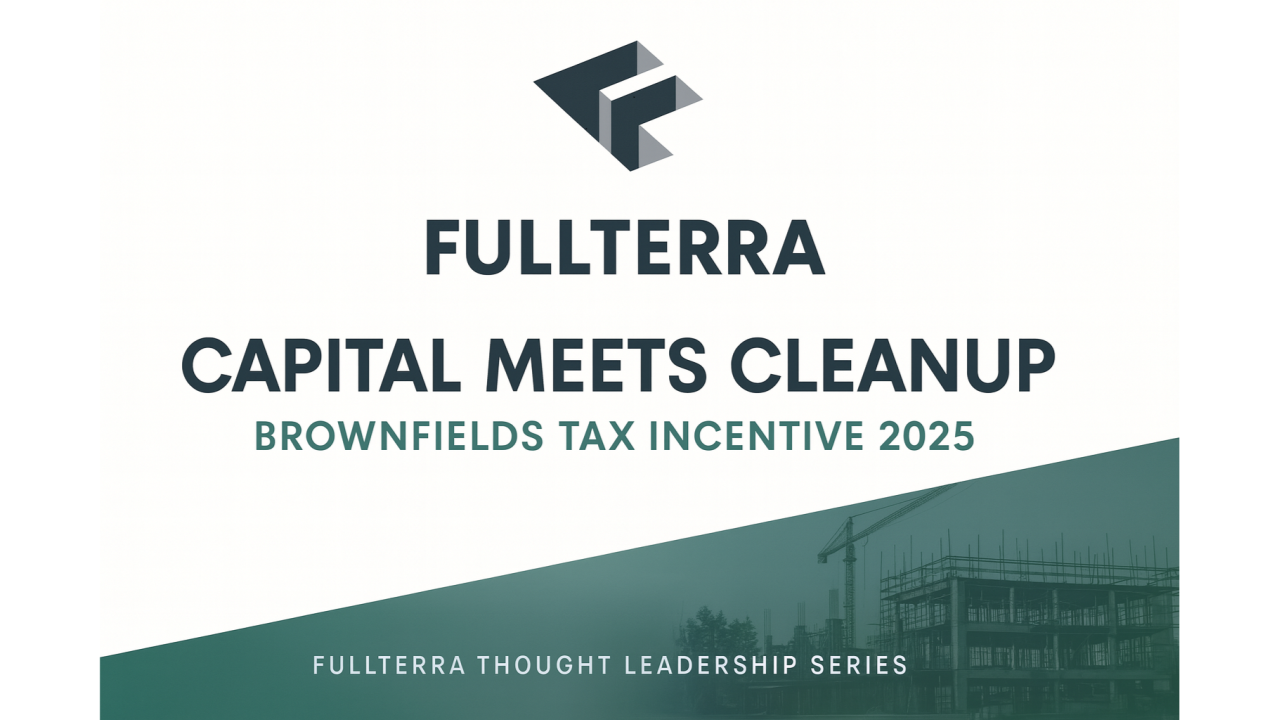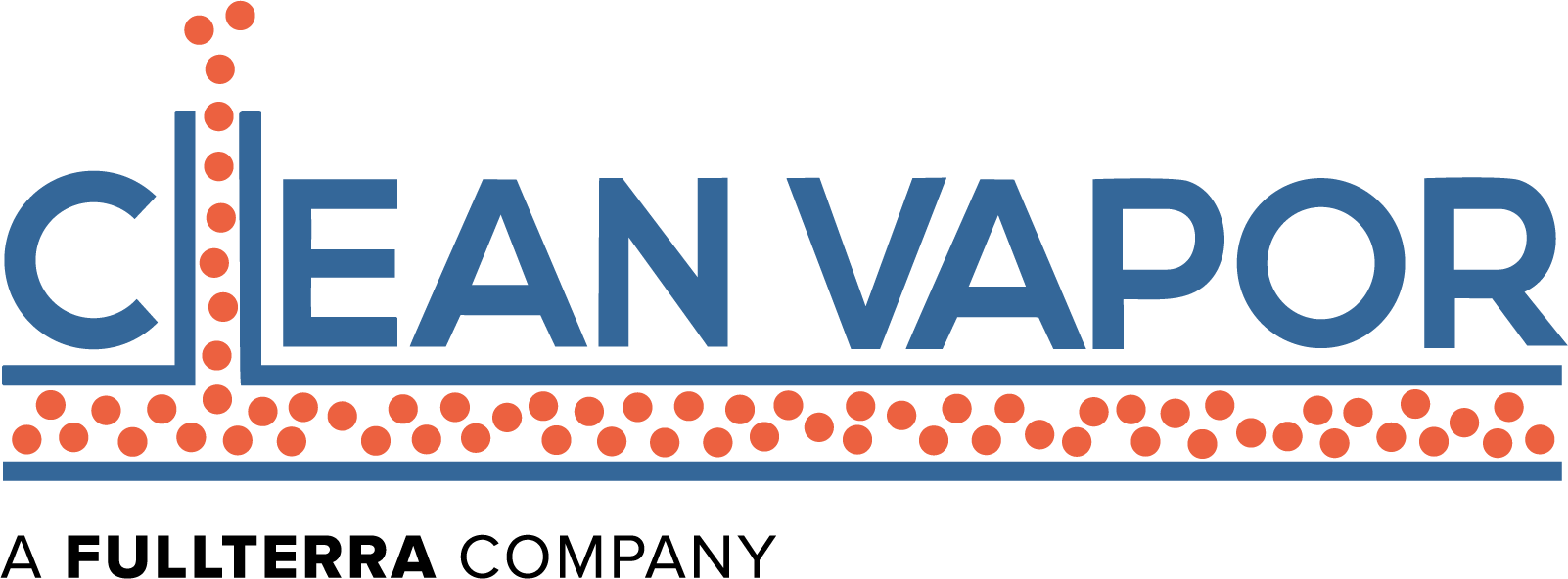In real estate, timing is everything. Congress just opened a lucrative window with H.R. 815, the Brownfields Redevelopment Tax Incentive Reauthorization Act of 2025 letting developers deduct 100% of qualified remediation costs in the year they’re spent, not over ten. That single change can swing a deal from “maybe” to “move.”
“This law is a game changer for in-fill development. At CREDE we worked on many in-fill redevelopments of projects in the Silicon Valley from 2009-2016 where the rapid ramp up in rents allowed cleanup work to finally happen after decades. I expect that this bill can have the same effect as the tax incentives will allow for remediation to happen even with stagnant or softer markets and higher interest rates.” — Colby Durnin , CEO, CREDE
Three federal levers that now stack

Combined, these three levers can offset roughly 25–45 % of total development cost and lift equity IRR by 4–5 points.
Four moves to act on now
- Screen early. Order Phase I/II before signing the PSA; eligibility requires contamination to be documented pre‑close.
- Model the deduction. Front‑load remediation in your pro‑forma. Every $1 M deducted in Year 1 adds roughly 250–300 bps to equity IRR.
- Design for constructability. Vapor Intrusion Mitigation Systems (VIMS) must align with structural, HVAC and grading; a new NRPP “VIMS Specialist” credential is slated for 2026.
- Leverage Energy‑Community status. Former coal, oil or gas dependent ZIPs qualify automatically; pair gas‑impermeable membranes with rooftop solar for ESG upside.
Proof in the numbers
On an 18‑acre rail‑adjacent parcel with legacy VOC impacts, equity IRR climbs from 11.4 % with no incentives to 13.6 % after applying the H.R. 815 deduction, and then to 16.2 % when the Energy‑Community bonus and tax credits are layered in—a 4.8‑point lift that often turns a “maybe” into a “go.”
That 4.8‑point lift often flips investment‑committee votes.
How FullTerra de‑risks the process
- One integrated team, from subsurface investigation to long‑term O&M
- Shared field crews for faster schedules and lower mobilization cost
- Regulatory fluency that shaves months off the permitting clock
Act before the window narrows
The incentive applies to expenditures after 31 Dec 2024. Projects inked this year will be first to recognize the deduction. Evaluating a tough parcel, or revisiting one you passed on? Email brian@fullterra.com; we’ll model your site in 48 hours.
Brian Kramer, PE, GE , MBA CEO, FullTerra , a nationwide family of environmental‑mitigation brands.
Tax outcomes depend on individual circumstances; consult your CPA.






